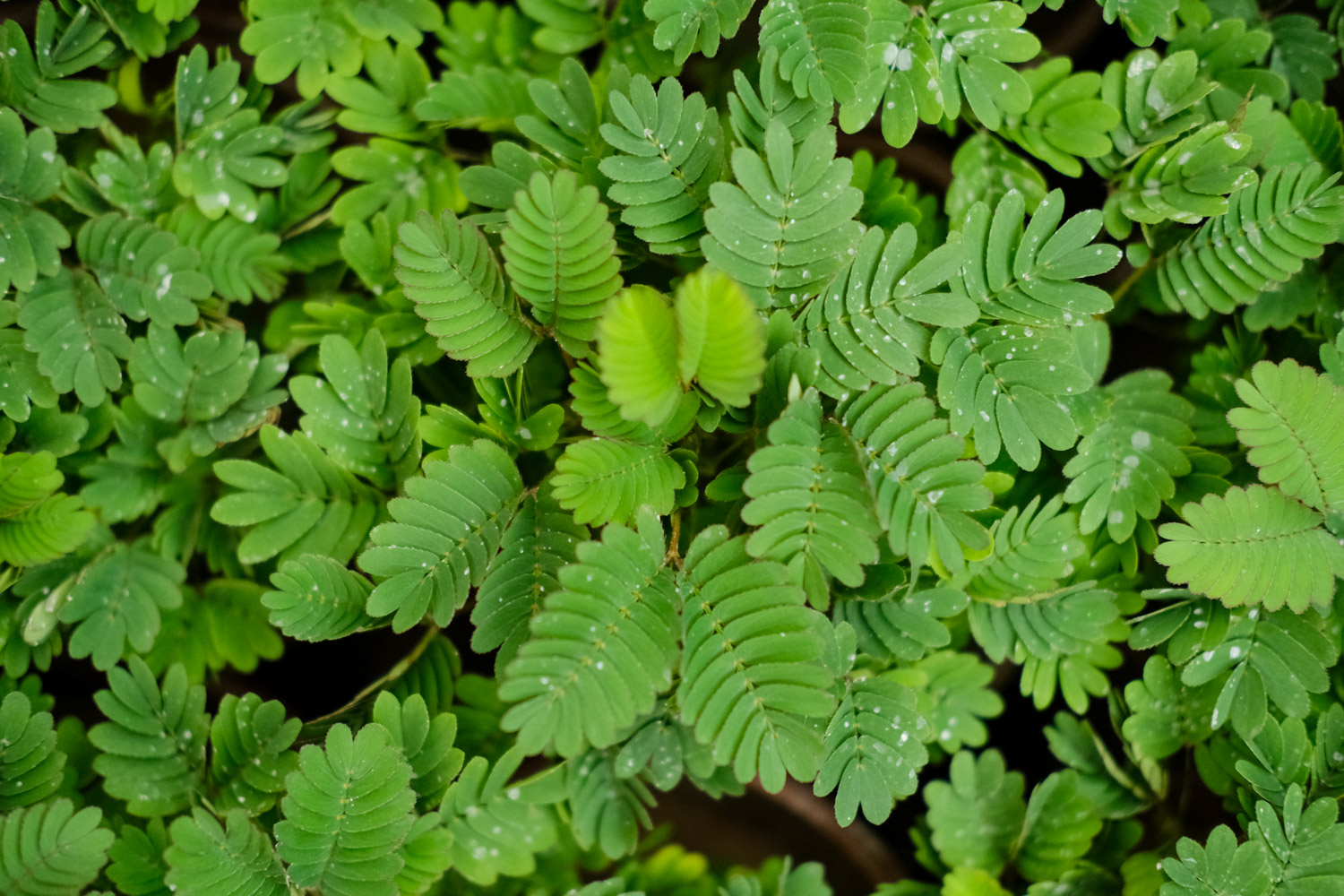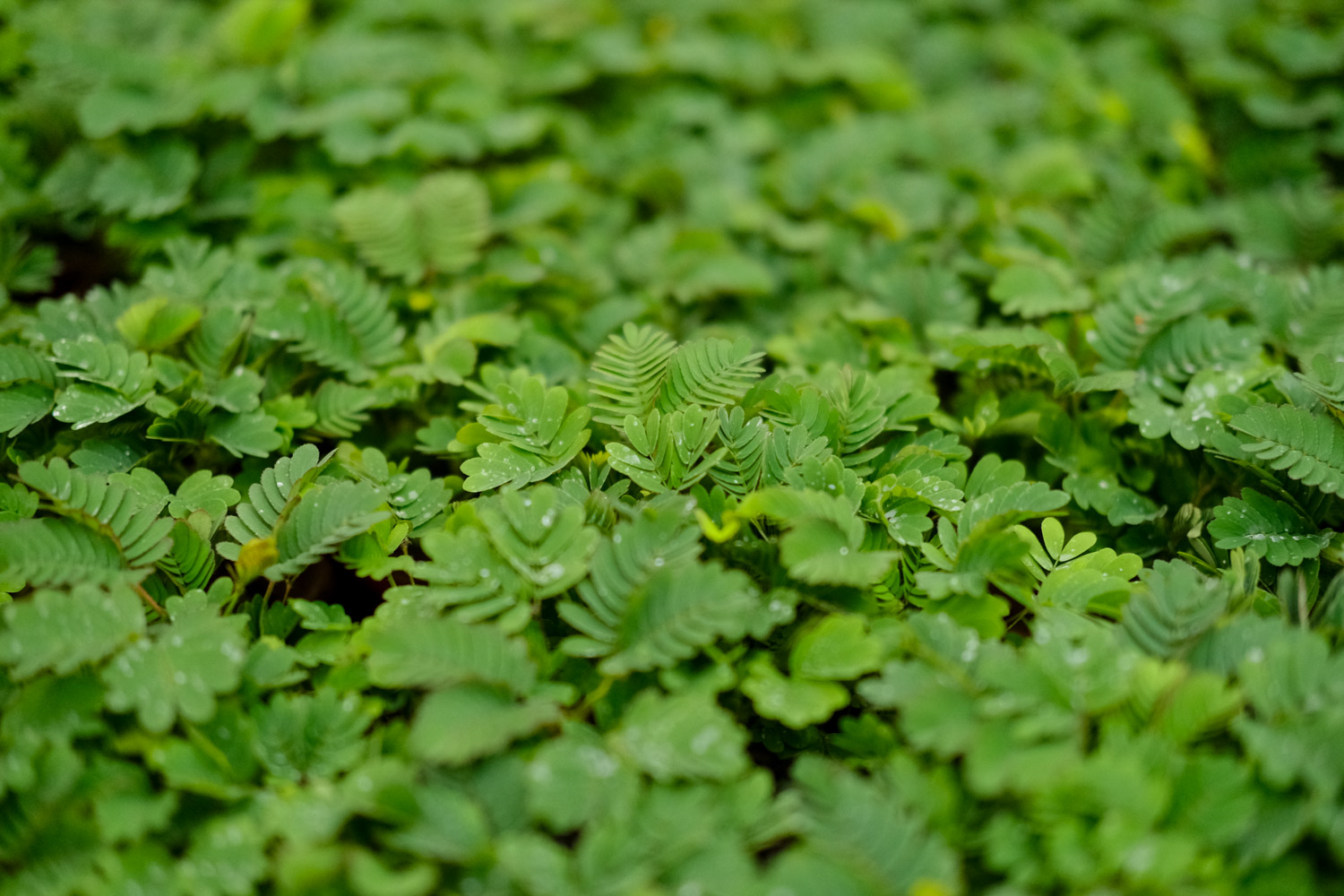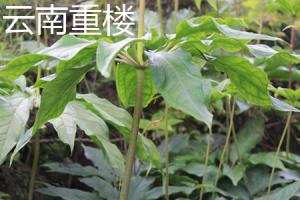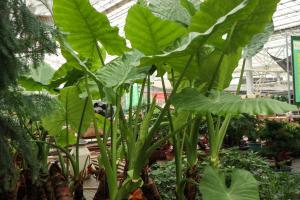1. Characteristics of Mimosa
Form: mimosa is a perennial herb or subshrub of Leguminosae, with a height of about one meter. Its stem is cylindrical and has many branches. Its stipules are lanceolate and are about five to ten millimeters long. Its leaflets are generally symmetrically distributed, about ten to twenty pairs, with sharp tips, and the whole shape is like a feather
Flower: the flower of Mimosa has a head like inflorescence and plush appearance. Its color is white or pink. It is relatively small. Its calyx is bell shaped. It looks very beautiful and lovely on the whole and has good ornamental value. Flowering is usually in September

Pods: the pods of shy grass are generally oblong, with a length of one to two centimeters and a width of about five millimeters. They are relatively flat and slightly curved. There are seeds in it. The seeds are oval and about 3.5mm long
Reaction: mimosa is named because its leaves automatically close under external stimulation. After closing, it will slowly open again. However, if it is stimulated more, it may feel "bored" and unwilling to respond to external stimuli. The specific reason is that the cell fluid in the parenchyma cells in its occipital is lost too fast and can not be supplemented in time

2. Secret introduction
Mimosa responds to external stimuli because of a special organ. This organ is called the occipital lobe. There are many parenchyma cells in the petiole. Whenever there is stimulation from the outside, the cell fluid in the parenchyma cells in the upper part of the leaf pillow will be discharged into the cell gap, so that the turgor of the upper part of the leaf pillow will be greatly reduced, but the turgor of the lower part will remain the same, which makes the two leaflets closed, and sometimes the whole leaf will sag. When the cell fluid flows back, the leaves will reopen and return to their original state


 jackfruit
jackfruit snake plant
snake plant hibiscus
hibiscus hydrangea
hydrangea lavender
lavender Green roses climb al...
Green roses climb al... If you don't pay att...
If you don't pay att... Management of four g...
Management of four g...

































